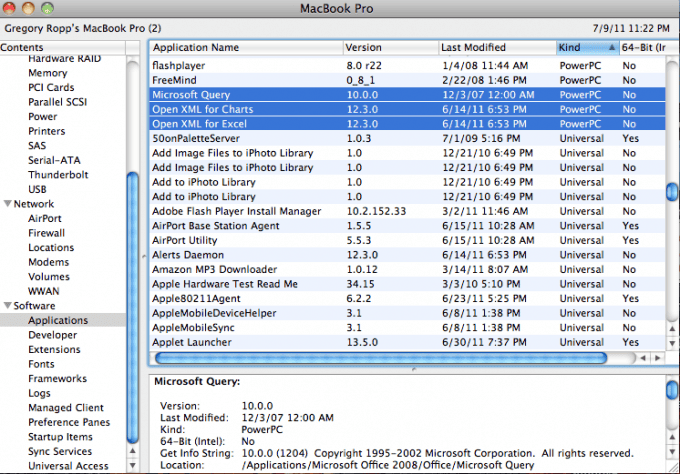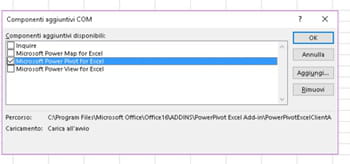
Over the years, knowing whether you have access to the Power Pivot feature in Excel has been challenging at times to say the least. First introduced as an add-in for Excel 2010, availability of the tool has varied, depending upon which version of Excel you utilized. Fortunately, Microsoft simplified access to Power Pivot with the release of Excel 2019 and now, more people than ever have access to the feature.
which versions of Office/Excel provide access to power Pivot?
Excel for Mac doesn't support Power Pivot and thereby doesn't have distinct count feature. What is the best workaround to get distinct count in such cases? Sample Excel Columns: Period Criteria1 Criteria2 Criteria3 Data. Sample Pivot table: Different values in 'Period' will be pivot columns. Excel for Mac does not support PowerPivot and Pivot Charts. Any pivot table having source data based on the Excel Data Model will be unfilterable if the spreadsheet is opened by a MAC user. Pivot Charts are not interactive on Mac and don’t change simultaneously with their source Pivot Table. Instead, they remain static screenshot-like graphs.
As of January 8, 2019, you have access to Power Pivot if you are running any of the following versions of Microsoft Office/Excel.
- An Office 365 subscription that includes a Desktop license of Excel for Windows
- Office Professional 2019
- Office Home & Business 2019
- Office Home & Student 2019
- Office 2016 Professional Plus
- Office 2013 Professional Plus
- Excel 2013 and Excel 2016 when purchased as a standalone product
Additionally, if you are still running Excel 2010, you can download the add-in for that version of Excel by clicking here or navigating to https://www.microsoft.com/en-us/download/details.aspx?id=43348. Note, however, that version of the add-in will work only with Excel 2010.
which versions of office/excel do not provide access to power Pivot?
Power Pivot is not available to those running any of the following versions of Microsoft Office/Excel.
- An Office 365 subscription that does NOT provide a desktop license of Excel for Windows
- Any version of Office for Mac
- Office Professional 2013
- Office Professional 2016
- Office Home & Student 2013
- Office Home & Student 2016
- Office Home & Business 2013
- Office Home & Business 2016
- Office for Android
- Office RT 2013
- Office Standard 2013
- Office Standard 2016
- All Office versions older than 2013, unless you download the add-in for Excel 2010
Power Pivot Use Cases
Regardless of the version of Excel you might use to access Power Pivot, the principal use case of this feature remains the same – it is used to manage data models in Excel. In addition, you can use Power Pivot to create links to external data sources and use the data provided by those data sources to populate your data models, although many will find Power Query to be a better option for this application. Of course, once you create a data model, you can then summarize and analyze the data in the data model rather easily using PivotTables and, when necessary, CUBE functions in Excel.
You can learn more about this valuable Excel feature from Microsoft by clicking here.
Share on facebookFacebookFree Excel For Mac
Share on twitterTwitter Share on linkedinLinkedInPowerpivot Excel For Mac Versions

check out these power pivot learning options from k2 enterprises
This Excel tutorial explains how to change the data source for a pivot table in Excel 2011 for Mac (with screenshots and step-by-step instructions).
Power Pivot Excel Mac
See solution in other versions of Excel:
Question: In Microsoft Excel 2011 for Mac, I've created a pivot table and now I need to change the data source. How do I change the data source for an existing pivot table?
Answer:Click somewhere in the pivot table and the PivotTable tab should appear in the toolbar at the top of the screen. Select the PivotTable tab, click on the Options button and select Change Source from the popup menu.
When the Change PivotTable Data Source window appears, change the Location value to reflect the new data source for your pivot table. Click on the OK button.


Now when you return to your pivot table, it should display information from the new data source.
